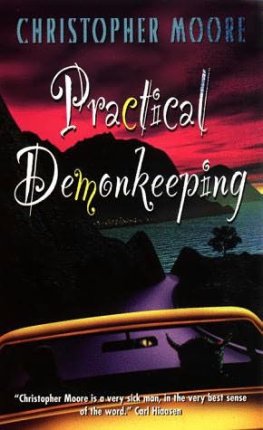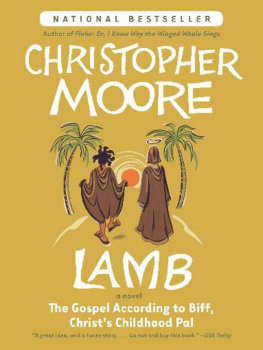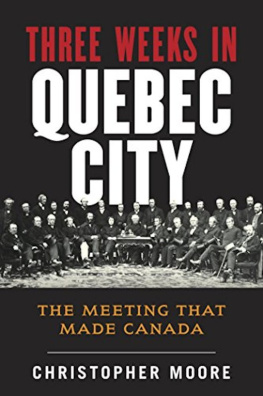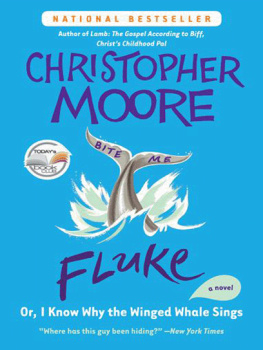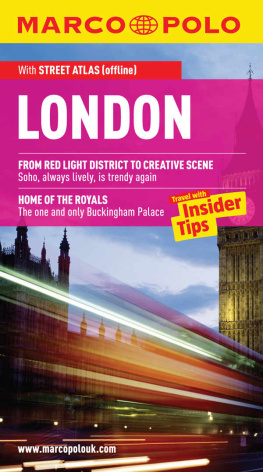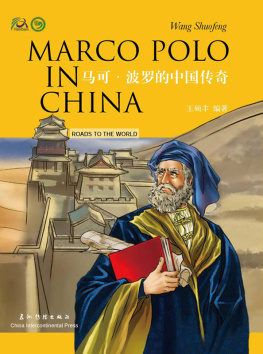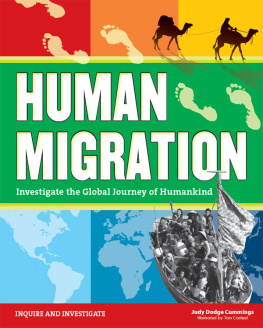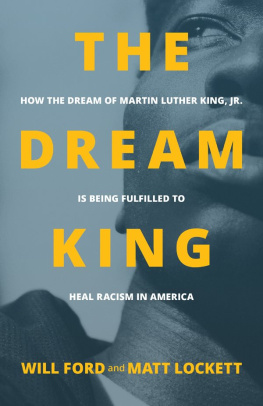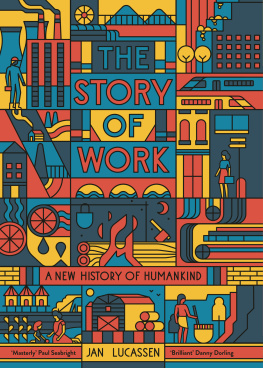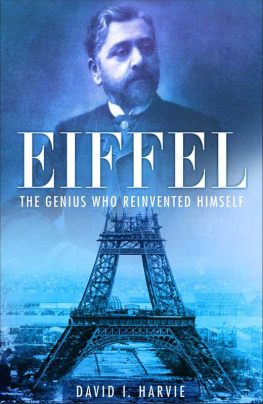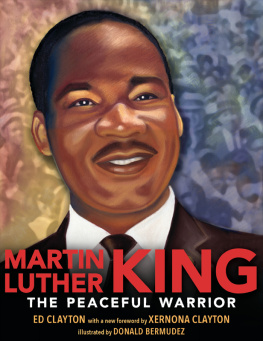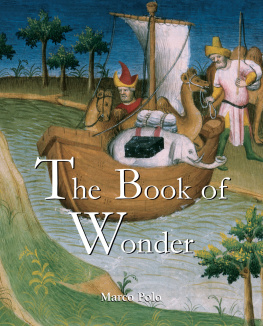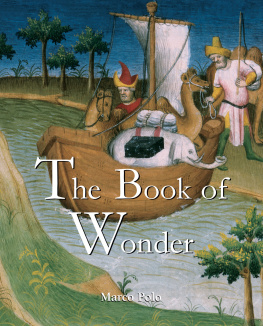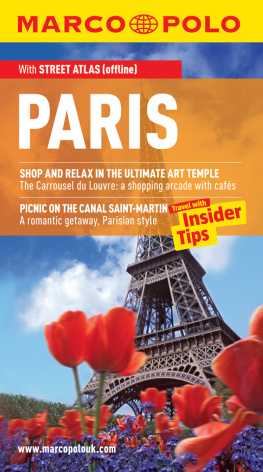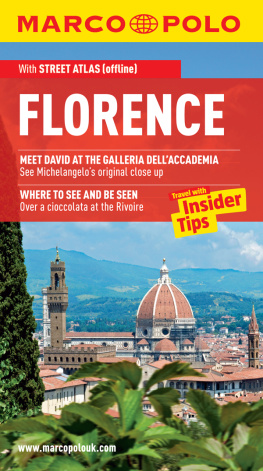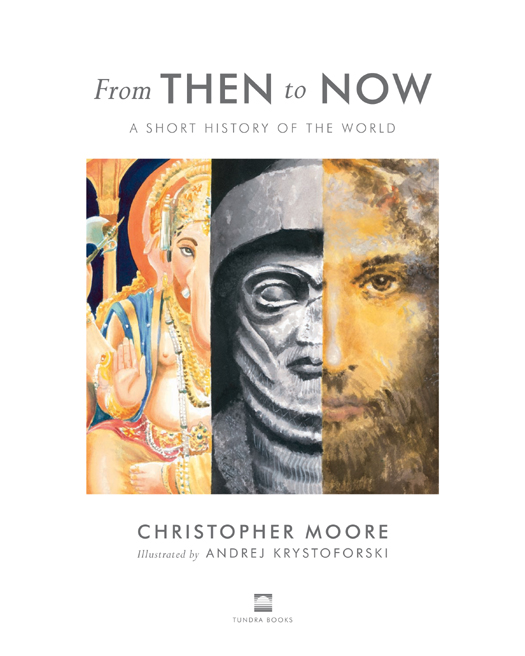Text copyright 2011 by Christopher Moore Editorial Ltd.
Illustrations copyright 2011 by Andrej Krystoforski
Published in Canada by Tundra Books,
75 Sherbourne Street, Toronto, Ontario M 5 A 2 P 9
Published in the United States by Tundra Books of Northern New York, P.O. Box 1030, Plattsburgh, New York 12901
Library of Congress Control Number: 2010927033
All rights reserved. The use of any part of this publication reproduced, transmitted in any form or by any means, electronic, mechanical, photocopying, recording, or otherwise, or stored in a retrieval system, without the prior written consent of the publisher or, in case of photocopying or other reprographic copying, a licence from the Canadian Copyright Licensing Agency is an infringement of the copyright law.
Library and Archives Canada Cataloguing in Publication
Moore, Christopher, 1950
From then to now : a short history of the world / Christopher Moore (author) ; Andrej Krystoforski (illustrator).
Includes index.
eISBN: 978-1-77049-120-5
1. World history Juvenile literature. 2. Civilization History Juvenile literature. I. Krystoforski, Andrej, 1943- II. Title.
D20.M76 2011 j909 C2010-902852-X
We acknowledge the financial support of the Government of Canada through the Book Publishing Industry Development Program (BPIDP) and that of the Government of Ontario through the Ontario Media Development Corporations Ontario Book Initiative.
We further acknowledge the support of the Canada Council for the Arts and the Ontario Arts Council for our publishing program.

Original portrait of Queen Victoria: Hutton Archive | Stringer | Getty Images
Medium: watercolor and gouache on paper
Design: Jennifer Lum
v3.1
For Suz and Jon
A.K.
CONTENTS
Authors Note
Dates in this book are written as BCE (Before the Common Era) or CE (Common Era). Europeans used to count the years as BC (Before Christ) or AD (Anno Domini in Latin, meaning in the Year of the Lord). Most of the world now uses the same dates, but with BCE and the CE in place of the specifically Christian terms.
PREFACE
When does a history of the world even a short history of the world start?
This history starts with people. This is not a book about the formation of the planet billions of years ago, or the life and death of the dinosaurs millions of years ago. It follows the story of our species, humanity what scientists call Homo sapiens, thinking humans. Its about what we know of people like us, on our planet, throughout time. It starts about fifty thousand years ago.
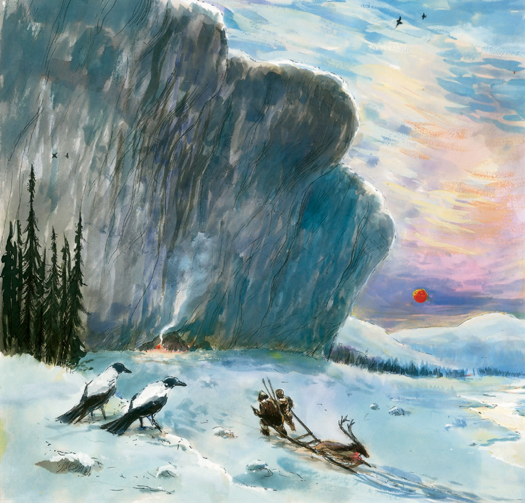
Until about ten thousand years ago, humans didnt know how to farm. They survived by hunting wild animals and gathering wild plants.
CHAPTER ONE
HUNTERS and GATHERERS
D id you ever go farther than a car or motorboat could take you, to a place where you could see no lights, no roads? To a place where no phones rang, beyond the view of power lines and buildings, beyond the rumble of traffic? At night you saw no city lights glowing on the horizon, but a billion stars blazed fiercely overhead. Outside the crackling comfort of your fire there was only darkness, with the rustle of insects and an animals distant cry. You could feel for a moment that you and your companions might be the only people on the face of the earth.
Hardly any of us go to such places today. These places are hard to find. There are telephones in the jungle, and ski huts on the glaciers. Gum wrappers and cola cans litter the slopes of Mount Everest and the shores of the most remote islands. Even the parks and preserved areas where we go to experience wild nature are hemmed in by the world that we ourselves have shaped.
Once, the whole world was the wild, natural place you sensed by that lonely campfire. People followed animal trails out of the forest, walked through tall waving grass forever, followed a tumbling clear river down to great waters. The air was alive with birds large and small, in flocks that darkened the sky. Herds of animals grazed across the grasslands to the horizon. Every bush and patch of brush sang with insects. People left hardly a trace of themselves on the landscape no buildings, no fences, no farms or towns or cleared fields, only a few pathways. The earth was natures planet.
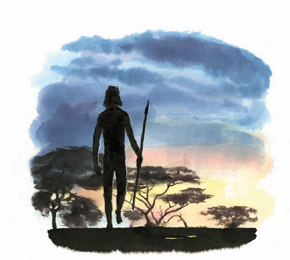
That time was not so very long ago. Our planet is more than four billion years old. Dinosaurs roamed it a hundred million years ago. Compared to that, the time of our human species is barely more than the blink of an eye. Sixty thousand years, say. A hundred thousand years, tops. If the time since the dinosaurs were the length of a movie, the time of humans would be shorter than the credits at the movies end.
Our Human Species
Human time starts in Africa. That continent was the home of our most distant ancestors, five million years ago or more. More than a million years ago, some branches of the human family (scientists call them hominids because they are humanlike but not really human) spread out from Africa. These hominids lived in the Middle East, in Europe, and in Asia for hundreds of thousands of years. But those branches of the humanlike family died off, and left no descendants. Modern humans came along more recently, barely a hundred thousand years ago, and they too developed in Africa. All the people in the world today are descended from them.
These people, Homo sapiens, could reason and speak and sing and plan as well as we can. They could use fire and make clothes and tools. These were people we could recognize as our own species. They were like us.
Peopling the Planet
Homo sapiens, our species, spread out into the world during an ice age, during tens of thousands of years of bad weather, when ice covered much of the planet. So much water was locked up in ice that sea levels were much lower than they are today. Icebergs from the frozen polar seas chilled the oceans that remained. Sixty thousand years ago, the world was cold and getting colder. Even the high places the Himalayas of Asia, the Alps of Europe, the Rockies and Andes of the Americas, the Snowy Mountains of Australia lay deep under ice that slowly flowed out into surrounding lowlands. These creeping rivers of ice glaciers rumbled down out of the Arctic to cover half of North America and much of northern Europe and northern Asia. Even at the equator, glaciers flowed down from high peaks. The last trace of Africas ice age, the shrinking snowcap of Mount Kilimanjaro in Africa, is still melting away. And Africa was not only cooler then but drier, with grasslands or deserts where lush rainforests stand today.
There is a place in southern Africa where archeologists have found shells pierced with holes, ready for stringing on a thread. Those shells are 75,000 years old, and someone made them into jewelry. Way back then, peoples hands could use tools, and their minds could imagine beauty. About the time those beads were made, some of those people began to move out of Africa and into neighboring continents. Were they pushed by population growth, or by changing climates, or pulled by the need to explore? Whatever the reason, those people were Homo sapiens, like us, and they were ready to discover the world.


